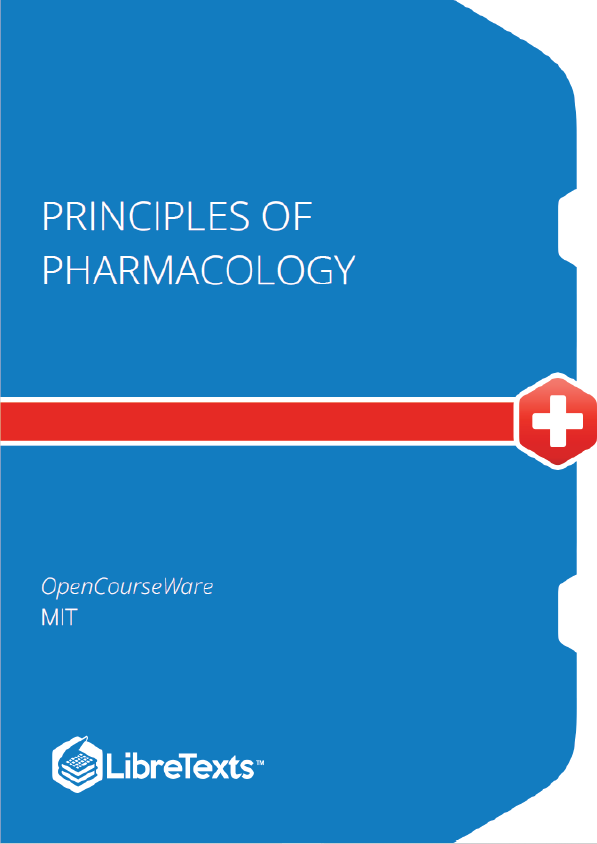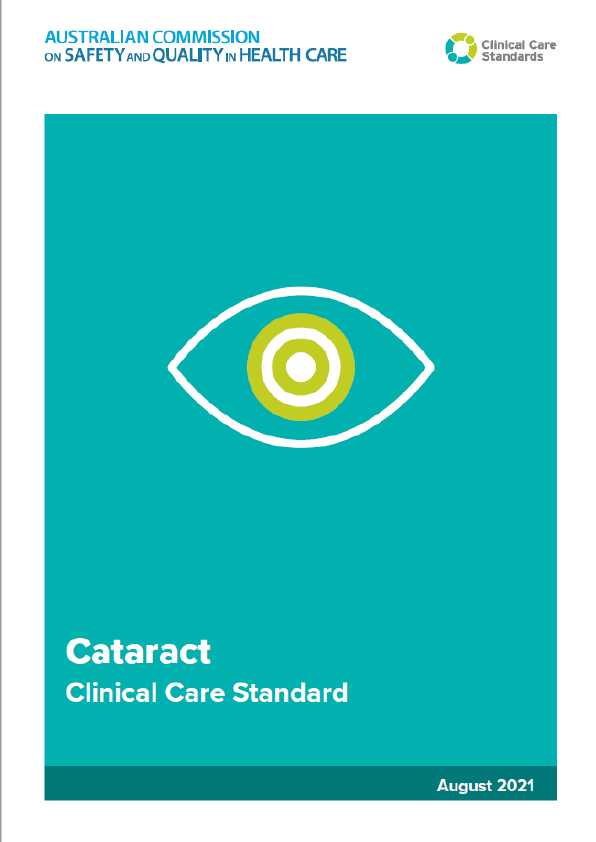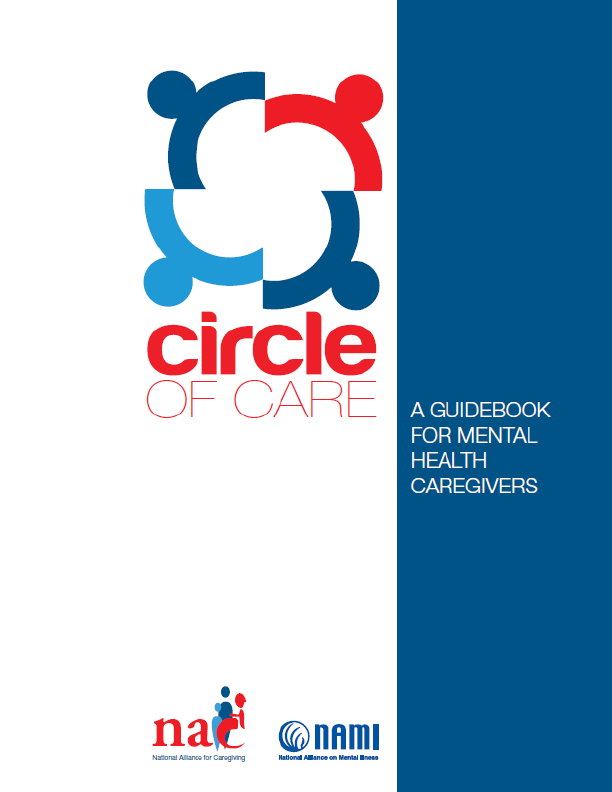The object of this text is to teach students an approach to the study of pharmacologic agents. The focus is on the basic principles of biophysics, biochemistry and physiology, as related to the mechanisms of drug action, biodistribution and metabolism. The course consists of lectures and student-led case discussions. Topics covered include: mechanisms of drug action, dose-response relations, pharmacokinetics, drug delivery systems, drug metabolism, toxicity of pharmacological agents, drug interaction and substance abuse. Selected agents and classes of agents are examined in detail.
The success of solid organ and bone marrow transplantation (BMT) has correlated with improvements in selective immunosuppression. Immunosuppression decreases both the incidence of acute and chronic organ graft and bone marrow rejection, and a potentially life threatening complication of BMT known as graft-vs-host disease (GVHD). Selective immunosuppression targets specific pathways of immune signaling and activation, and minimizes the incidence of deleterious side effects.
History
- 1954: First successful human kidney transplant
- 1960s: Introduction of effective immunosuppressive drugs. Steroids, ATG, azathioprine
- 1968: Successful bone marrow transplants for congenital immunodeficiency syndromes
- 1970s: Cyclosporine introduced 1980s: OKT3, tacrolimus, mycophenolate mofetil introduced
- In 1988 1 year renal cadaver graft survival was 76% and 1 year renal living donor graft survival was 89%
- By 1995, graft survival rates improved to 87% and 93% respectively
- 1980s: The addition of cyclosporine to GVHD prophylaxis regimens halved the incidence of severe disease and improved survival post -transplant
- 1990s: Leflunomide, TNF antagonists, and selective mAbs introduced; additional mAb therapies expected in future
Balancing Benefits and Risks of Immunosuppression
Benefits: Immunosuppression decreases risks of both acute and chronic organ graft and bone marrow rejection, and GVHD
Risks: Immunosuppression poses risk of several types of side effects to the patient:
- Acute effects: gastrointestinal upset
- Opportunistic infection because patient is immunocompromised: CMV, Candida, Pneumocystis carinii, etc.
- Malignancies (lymphomas, skin cancer, etc.)
- Toxicities specific to particular immunosuppressive agent: steroids, etc.
Types of Organ Graft Rejection
- Hyperacute: Occurs within minutes after transplant. Mediated by preformed anti- donor antibodies in recipient. Involves small vessel thrombosis and graft infarction.
- Acute: Occurs weeks after transplant. Delayed-type hypersensitivity / Cell mediated response of cytotoxic T lymphocytes reacting against the foreign MHC molecules of the graft. Histologically characterized by mononuclear infiltrate, hemorrhage, and edema in graft. Reversible with immunosuppressive therapy.
- Chronic: Occurs months to years post transplant. Results from antibody mediated vascular damage (fibrinoid necrosis) and is irreversible. Vascular damage results in vascular cell wall proliferation which may occlude vessel lumen resulting in graft ischemia and fibrosis. Can progress insidiously despite increased immunosuppressive therapy.











